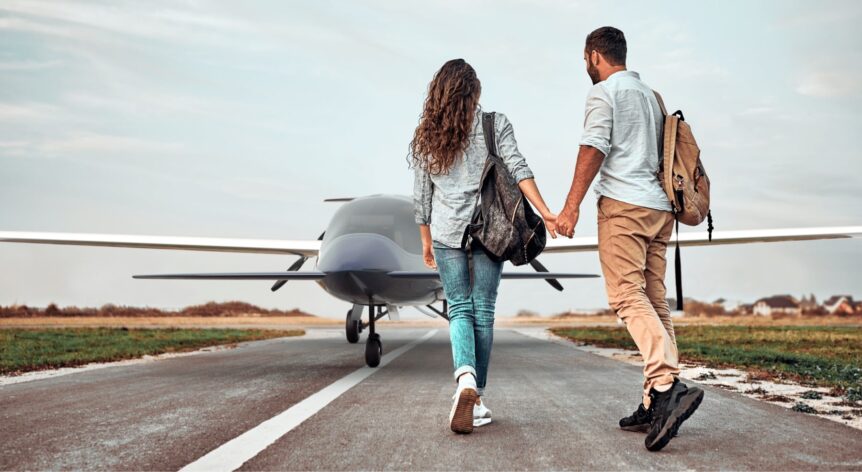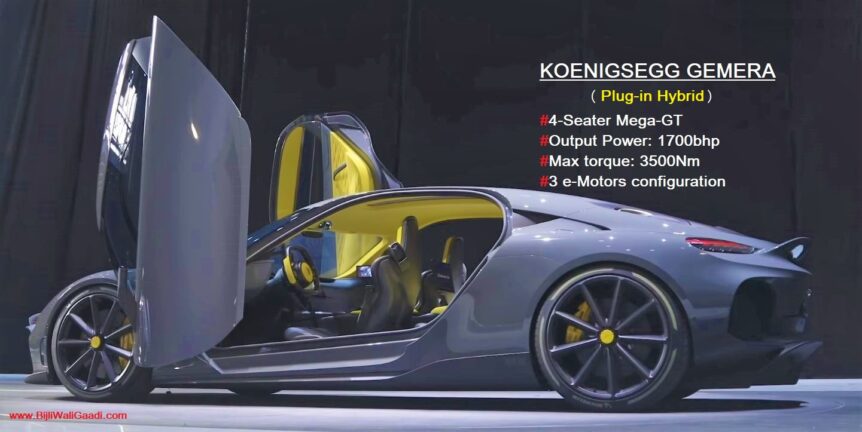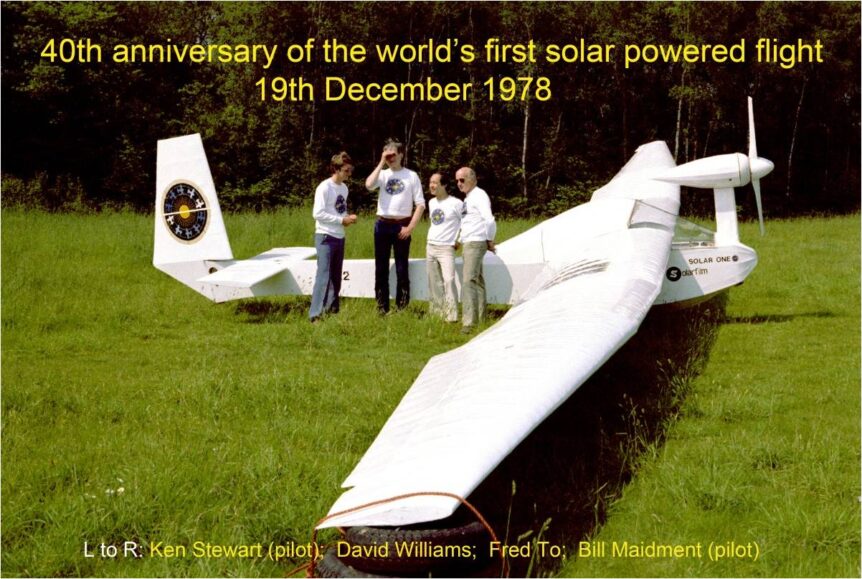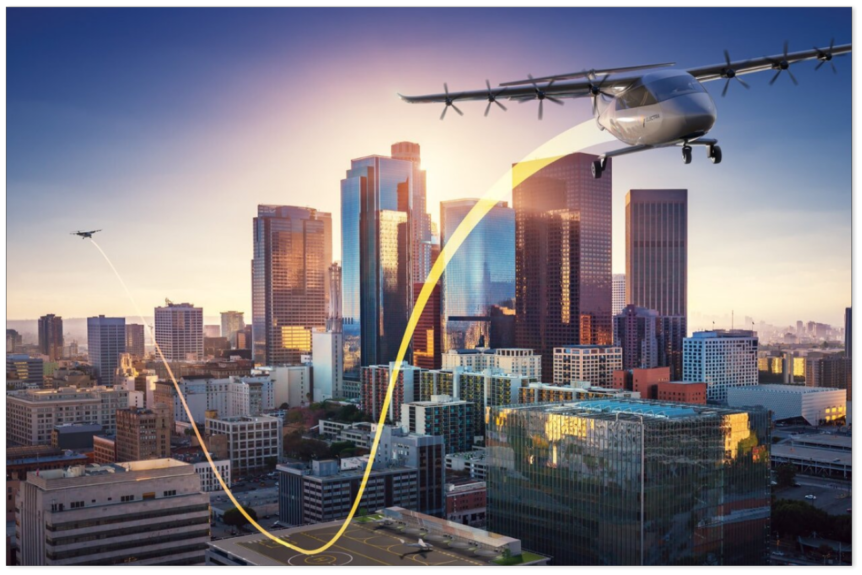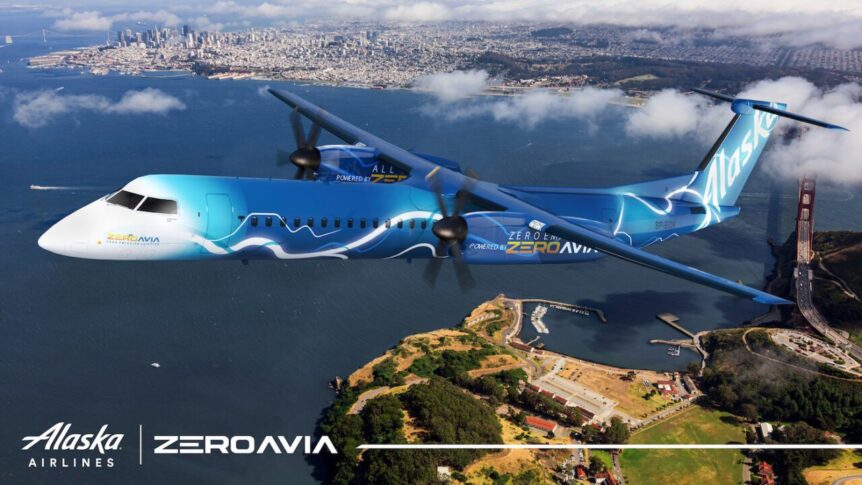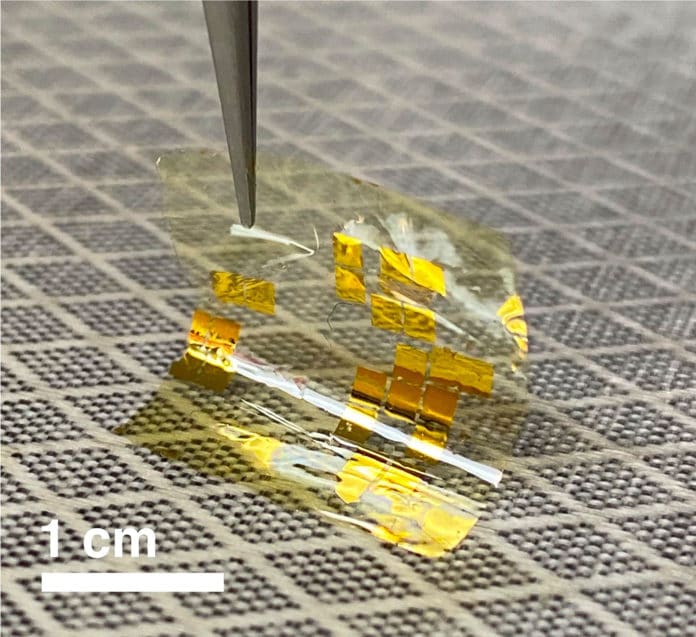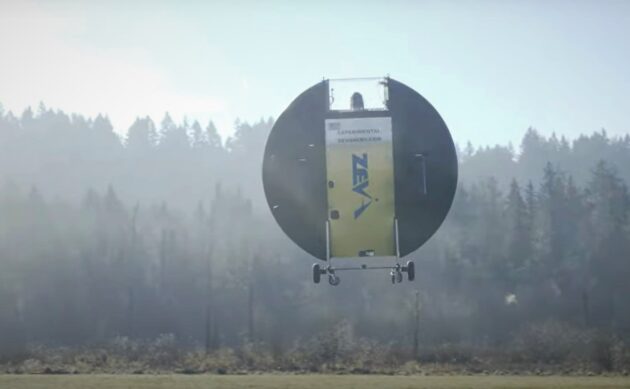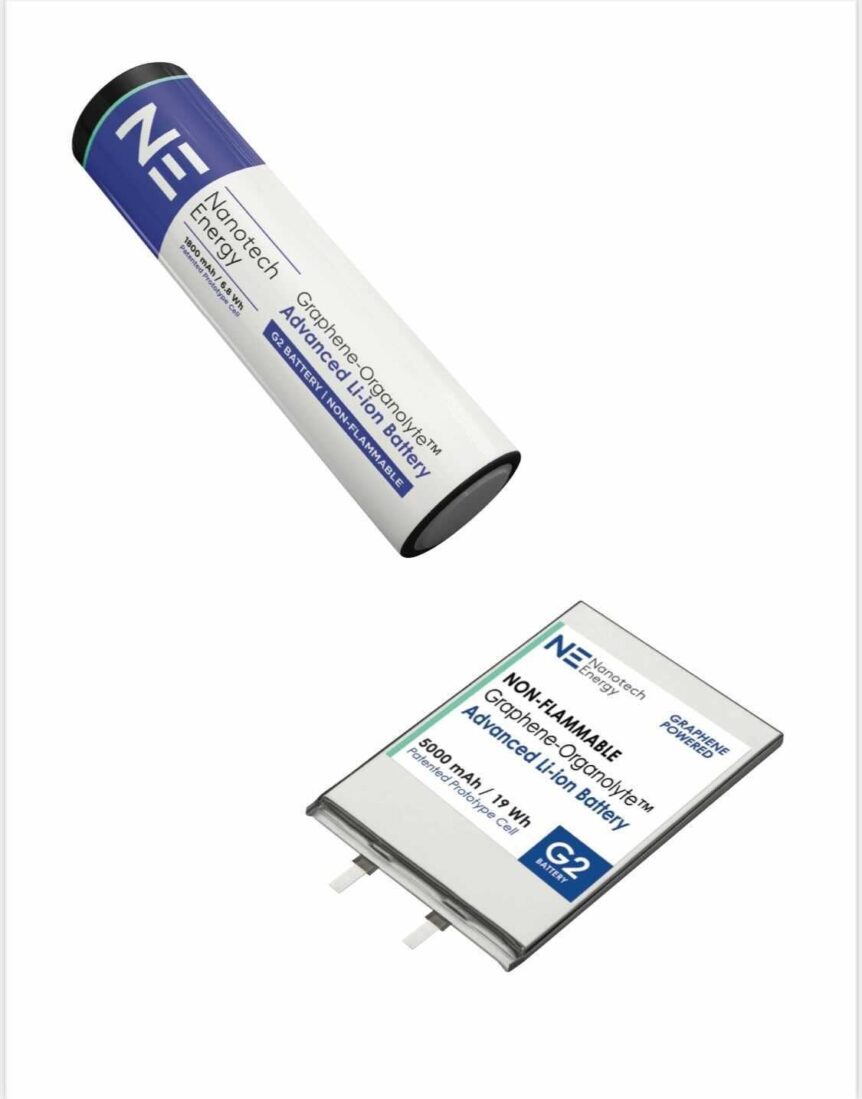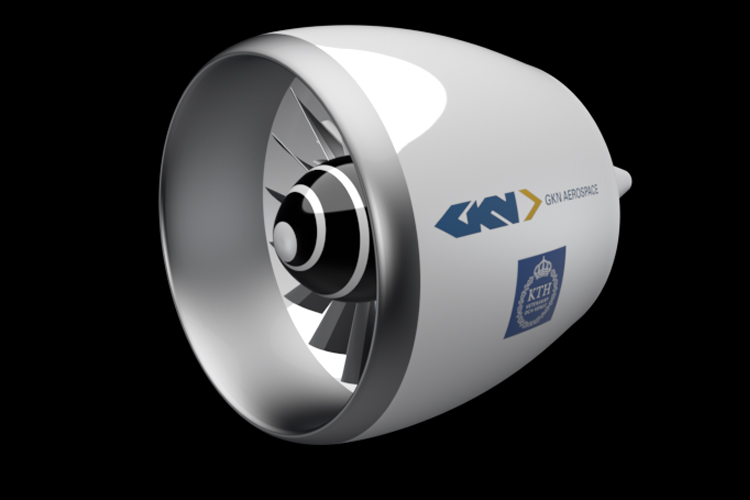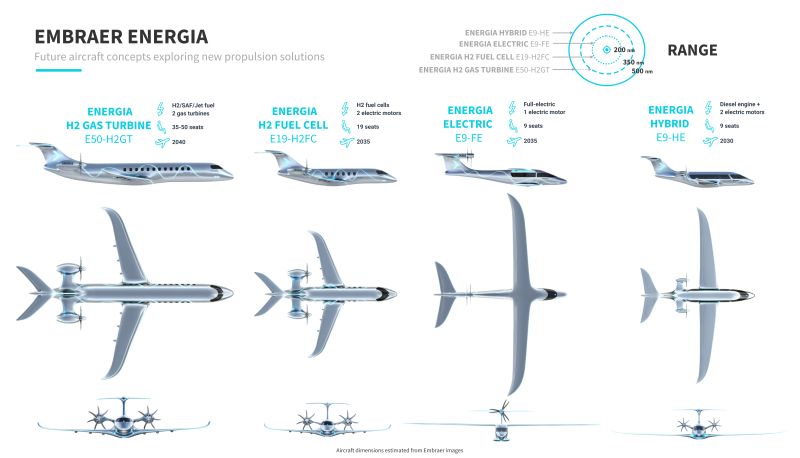Teofilo Leite has been refining a beautiful twin-motor glider for the last decade. Apparently he’s moving on to a five-seat, four-motor, dual-propeller beauty that is set to take on the world. The Electron 5 looks a great deal like a larger Electron 2, which has been flying in various configurations for the last decade. Electron Aviation, with representatives in The Netherlands and Australia states, “Our Electron 2, a two-seater battery-electric aircraft (Teofilo’s earlier design), is the flying proof that our energy efficient aircraft designs deliver outstanding performance. Whilst being well within inside the 600-kilogram (1,320 pound) ultralight microlight [regulations], it achieves 3 hours flying time during which it can cover 300 kilometers (186 miles).” Electron 2 flies its pilot and passenger on 7.5 kilowatt hours per hour of flight. Its three-hour endurance would mean a battery of at least 22.5 kilowatt-hours. Continued improvement to the Electron 2 required “30,000 design and engineering hours and several re-designs.” The latest iteration “has …
Koenigsegg’sTorque-Dense Electric Motor and Hybrid Drive Train
Koenigsegg (Cone-igs-egg), a Swedish car maker that enjoys shocking with its sticker prices, is going hybrid with a new, torque-dense electric motor and hybrid drive train. The Swedish car maker is known for its ultra-exclusive, ultra-high-performance vehicles, which have even undone the Stig, anonymous race driver on the BBC Series Top Gear. David Koenigsegg’s Gemera manages as much as 250 mph on a two-liter, three-cylinder engine, augmented by a set of three electric motors. Describing him as, “an inveterate tinkerer” who squeezes “extraordinary amounts of power out of internal combustion engines,” Clean Technica explains the “breakthrough products that could transform the world of electric cars.” One “breakthrough” would seem to be a package of a three-cylinder engine coupled to some powerful electric components. The “Tiny Friendly Giant (TFG) engine pumps out 600 horsepower (450 kilowatts) and weighs only 70 kilograms (154 pounds). It has no camshafts, relying instead on solenoid-actuated, artificial-intelligence-controlled valves to let the fuel and air in and …
A Belated Addition to the Fred To Video
Fred To (pronounced “toe”), the first to create and fly a solar-powered aircraft, was the subject of a blog entry in 2018. Fred just informed your editor that the second part of the Solar One video was missing. Herewith, we will rectify that grievous error. It’s worth a second look at the older blog entry, since Fred deserves attention for his pioneering work in solar flight, inflatable aircraft, human-powered aviation, and fly-by-wire technology. The much belated Part 2 includes “the actual solar-powered flights,” as Fred notes below. He added, “I’ve taken a back-seat with the cross Channel competition but still very much in it. We have delayed it till 2023 due to the effects of Covid….” This contest will see contenders from around the world flying across the English Channel in their human-powered flying machines. “I happened upon this very nice article your wrote about Solar One’s celebrations in Switzerland a few years ago and decided to watch the video …
Electra Attracts Customers, Investors and Landing Sites
Electra Aero has found worldwide interest in its electric ultra-short take-off and landing airplane, an eight-motor craft capable of taking off and landing across most jet-size runways. Producing such an aircraft takes great design, appropriately-designed landing sites, a well-integrated infrastructure, and financial backing for the total package. Electra Aero for the Design Powered by a hybrid generator driving four electric motors, Electra Aero’s aircraft uses “blown lift” to take off over very short distances – less than 150 feet, according to the company. Ben Marchionna, director of technology and innovation at Electra Aero, explains, “eVTOLs use electric propulsion to take off and land vertically – many of these concepts then transition from vertical flight to forward flight with a wing providing the lift once in cruise… Vertical flight requires significantly more power, resulting in an enormous payload, range, and cost penalty. eSTOLs use electric propulsion and an aerodynamic technique called blown lift to takeoff over distances as short as 100 …
ZeroAvia Comes to the Pacific Northwest
In the Everett (Washington) Herald Janice Podsada reports, “ZeroAvia, which currently has offices in London and in Hollister, California, plans to invest $5.5 million to ready an Everett site for a team of 20 design and software engineers.” This will be a new entry in Snohomish County, a location already supporting over 500 aerospace companies. Everett, site for Boeing Aircraft’s huge production facility, is also home to MagniX, poised to power aircraft such as Eviation’s Alice, currently preparing for test flights in Arlington, about 18 miles north. ZeroAvia will accept, “A $350,000 grant to convert a warehouse at the Snohomish County-owned airport into a research-and-development facility.” Val Miftakhov, ZeroAvia’s founder, explained the importance of the state’s Department of Commerce grant. “Given the age of the facility we will be occupying, this grant closed a gap related to facility construction and we are excited to engage in this community.” A hub of the Northwest’s center for aircraft development, Paine Field is also …
Stanford’s Ultra-thin Solar Cell
We’ve noted here recently that early (and even current) examples of solar-powered aircraft suffered from the low efficiency of the panels that collected sunlight to power them. The panels add weight, and so far, nobody’s flying with more than 29-percent efficiency. What if a different approach, using ultra-thin solar cells covered the entire aircraft? That’s the possibility with Stanford University’s “new, ultrathin photovoltaic materials.” Your Editor’s take on this is that 5.1-percent efficiency now offered by the Stanford solar cells could be applied by wrapping the entire plane, much like car customizers wrap high-end automobiles. That’s occurred to researchers. “Imagine an autonomous drone that powers itself with a solar array atop its wing that is 15 times thinner than a piece of paper,” said Koosha Nassiri Nazif, a doctoral scholar in electrical engineering at Stanford and co-lead author of a study. “That is the promise of TMDs.” TMDs refers to Transition Metal Dichalcogenides. This material is composed of a so-called …
Zeva Aero’s Zero Test Flight in Full Size
While waiting for Eviation Alice’s first test flight, we got a glimpse of another type of electric aviation in Pacific Northwest skies. Zeva Aero’s Zero single “seat” flying saucer lifted off in someone’s sunny back yard for a series of hops. The overlay of soft music keeps us from knowing how noisy this thing is, and it would be of interest to know if it passed the good neighbor test while levitating, and whether the eight motors and propellers hummed or screamed. (NOTE: since the video of the flight test has been removed from YouTube, we’re substituting the company campaign video. Founded in 2017 “to compete in the Boeing GoFly competition and then build a business on the back of that effort,” Zeva is the brain-child of Stephen Tibbits and Ben Gould. Tibbits, a serial entrepreneur, has started at least four other companies and he and Gould now lead a team of 25. Their mission statement seems a bit familiar …
Nanotech Energy – A “Solution” to the Lithium Battery?
Hot Pockets Introduced at this year’s CES (formerly the Consumer Electronics Show), Nanotech Energy’s Graphene-Organolyte™ Advanced Li-ion Battery (winner of a CES 2022 Innovation Award) merits a look. At least partly intended to stop battery fires, always hot news despite their relative rarity (compared to the 170,000+ petrol car fires every year), Nanotech explains its concern. “A battery, if shorted, could become a fireball bomb nearly impossible to extinguish using conventional techniques. In February 2018, the U.S. Consumer Product Safety Commission reported over 25,000 overheating and battery fire incidents involving more than 400 types of consumer products over a five-year period. Clearly, building safer batteries will be critical for the future of energy storage technology.” Keep in mind that “consumer products” include cell phones, laptop computers, and even e-cigarettes, as demonstrated here. These dangers show the need for a safe solution. Nanotech promotes its Organolyte non-flammable electrolyte as that solution, noting it will not support an open flame. Dr. Jack …
The EleFanT in the Room
Electric Ducted Fans (EDF) may soon show some promise in full-size flight. Several projects are under way, including EleFanT, an interesting development in Germany by GKN and KTH (the Swedish Royal Institute of Technology). First, though, we’ll look at two stateside projects. David Ullman’s IDEAL EDFs fans are nothing new in the model aviation world, often powering large-scale models of actual jet fighters or trainers. Such model motors, combining their thrust, can augment lift and propulsion on light aircraft, and a few larger projects are attempting to utilize that promise. David Ullman, in Independence, Oregon has flown a Jabiru he rebuilt from a wreck with its Jabiru engine providing the main power, but augmented in thrust and lift by four small electric ducted fans (EDFs). The arrangement is a partial demonstration of IDEAL, which stands for “Integrated Distributed Electric – Augmented Lift” flight, using “thrust from distributed electric propulsion to improve the lift and drag performance of the aircraft during …
Embraer’s Energia Family
Coming up with a new airplane is a daunting task – but Embraer announced four new designs this week. Ranging from nine to fifty passengers, Embraer’s Energia family are all electric or clean fuel redefinitions of regional air travel. Luis Carlos Alfonso, Senior VP of Engineering, Technology Development and Corporate Strategy presented them in front of a socially-distanced crowd in Brazil. The presentation, which sent virtual representations of the four craft flying out into the crowd, took place to coincide with COP26 (the Congress of Parties) being held in Glasgow, Scotland. Its choices of pure electric, hybrid-electric, hydrogen-electric, and in its 50-passenger model, hydrogen or SAF (Sustainable Aviation Fuel) driving turbine engines are all moving toward a “net-zero” goal. Two for Nine The two nine-passenger airplanes vary considerably. One is high-wing, with a pair of vertical tail-mounted motors driving contra-rotating propellers in full-electric mode. The other is a low-wing type, with twin electric motors on the rear flanks of the …

